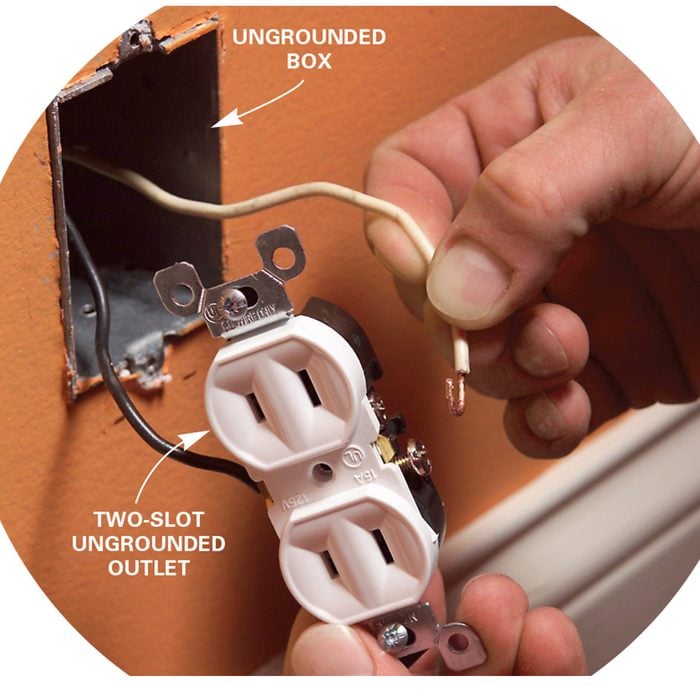
Ungrounded Receptacles
This one is easy to spot even if you aren’t a trained home inspector. Ungrounded receptacles are outlets with just two slots and no hole beneath them for the ground wire. Two-prong receptacles simply are not safe and should be upgraded to minimize the risk of fire.

Double-Tapped Circuit Breakers
A double-tapped circuit breaker occurs when two wires are connected to one circuit breaker in a panel board. Most circuit breakers are designed for just one wire, and connecting two wires where they are not supposed to be can lead to loose connections, arcing currents and potential fires.
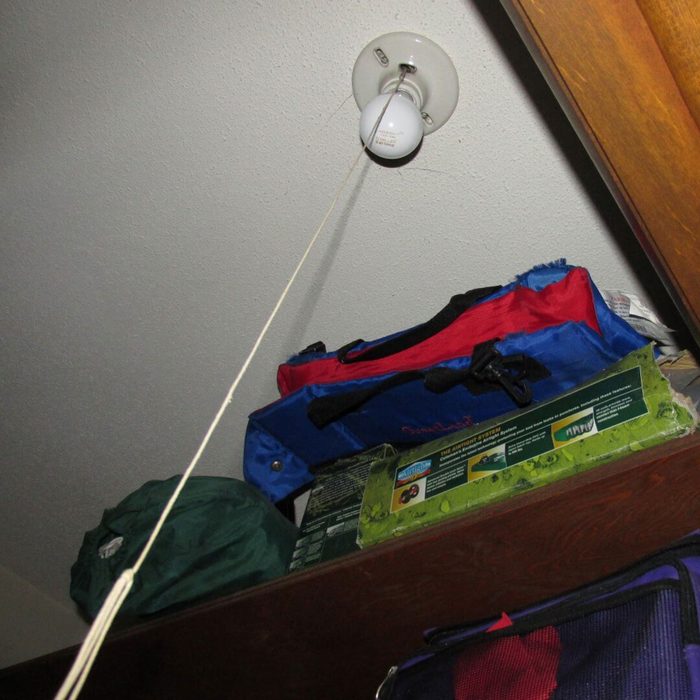
Exposed Light Bulbs in Closets
It’s not uncommon, especially in older homes, to find exposed incandescent light bulbs in closets. All light bulbs in closets must be fully covered or enclosed in some sort of housing to prevent the heat from the light bulb becoming another potential fire hazard. Thinking about upgrading the lights in your home? Here’s everything you should know about smart home lighting.
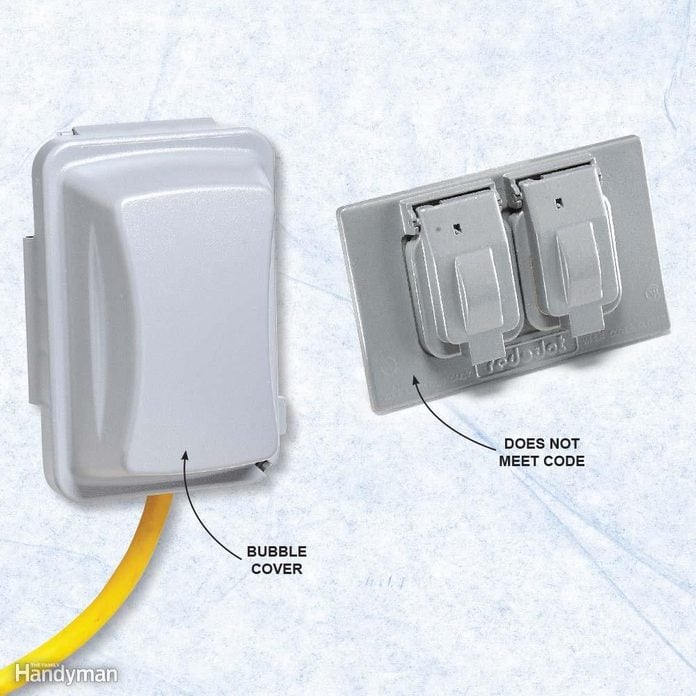
Putting the Wrong Covers On Outdoor Receptacles
On outdoor receptacles, flat covers provide protection only when a receptacle isn’t in use, but it’s not uncommon for extension cords to be plugged in for extended periods of time; take holiday lights, for example. In-use or “bubble covers” provide protection at all times.
The national electrical code defines a “wet location” as an area that is subject to saturation with water or other liquids, and unprotected locations exposed to the weather. The national electric code has another definition for “damp locations” that is more subjective, but if you think the receptacle is going to get wet, use an in-use cover. And don’t forget the weather-resistant receptacle.
The national electric code requires that all 15- and 20-amp receptacles be rated as weather-resistant and tamper-resistant when installed in both wet and damp locations. Learn how to install outdoor lighting and an outlet here.
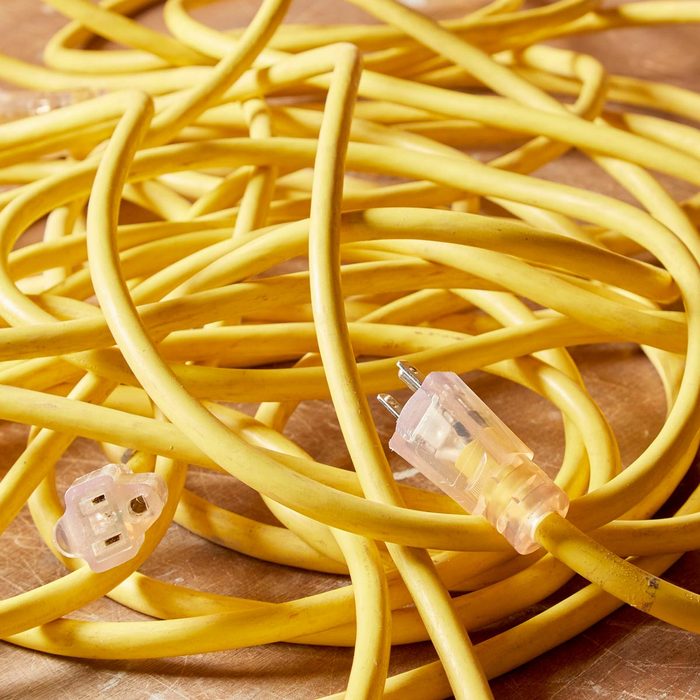
Too Few Receptacles, Too Many Extension Cords
From any point along a wall line, a receptacle outlet needs to be within reach of a 6-foot appliance cord, and that 6 feet cannot be measured across a passageway. The purpose of the national electric code is to reduce the use of extension cords. The bottom line is that extension cords can start fires and create tripping hazards — the fewer extension cords, the better. Plus: Check out these home inspector horror stories.
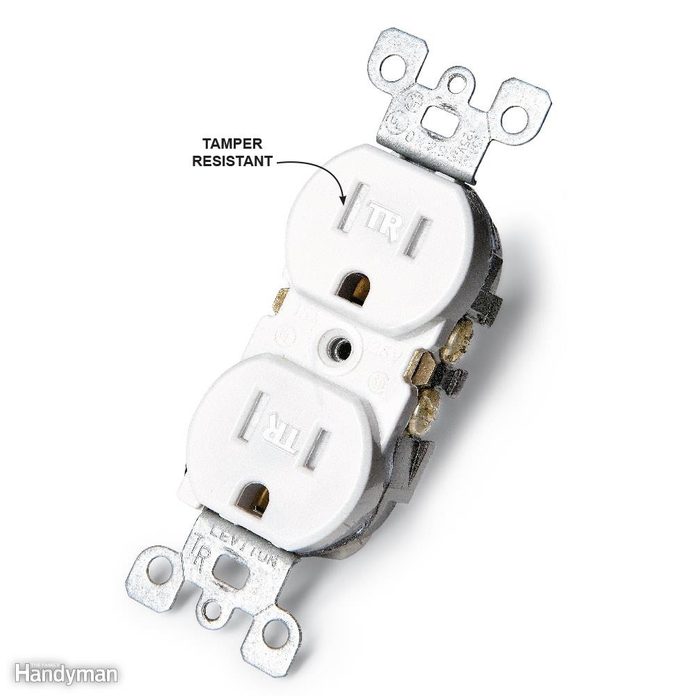
Receptacles Need to Be Tamper Resistant
Tamper-resistant receptacles are designed to stop a child from inserting an object, such as a paper clip, into an outlet. They’re required for all locations, indoors and out. Tamper-resistant receptacles are a great invention, so use them — it’s national electric code. We’ll show you how to correctly install a tamper-resistant outlet.
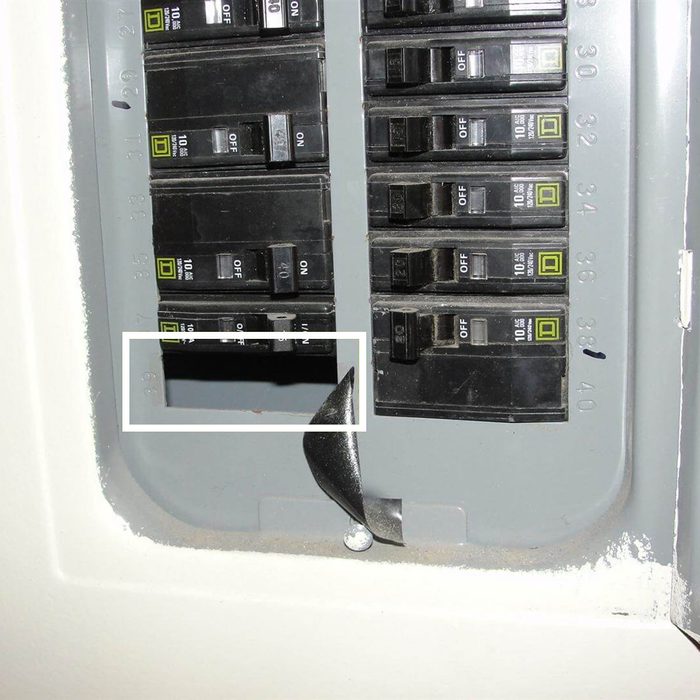
Unfilled Openings in Electrical Panels
Any unused openings in electrical panels need to be filled in order to prevent any shocks or sparks from escaping the panel and to keep pests or critters from crawling into the panel. Luckily, filler plates made to plug those gaps are easy to find online and don’t cost much. Just be sure to get filler plates that match the manufacturer of your electrical panel.
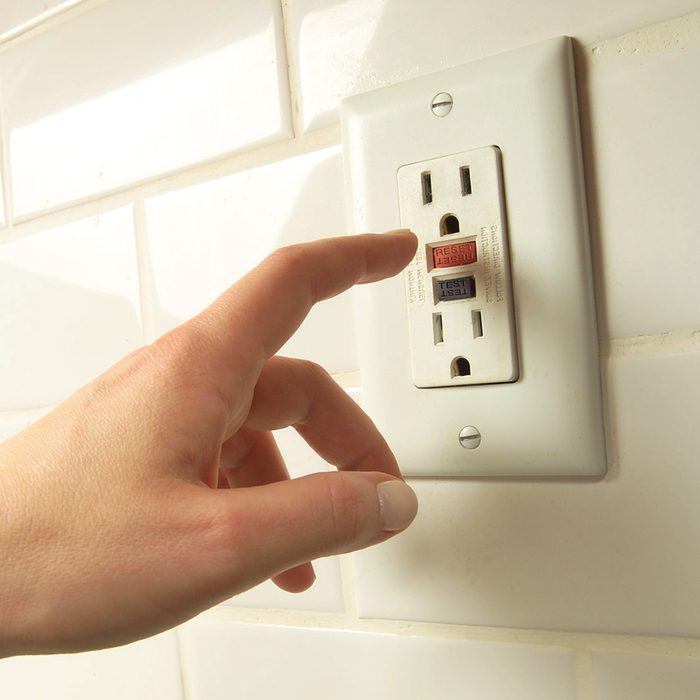
Malfunctioning GFCI’s
GFCI outlets are part of the building code in rooms where moisture is present (kitchen, bathroom, laundry room, etc.). Your inspector will know how to test these outlets properly, and malfunctioning or non-working GFCI outlets could hint at bigger electrical problems. Learn how to test GFCIs here.
Up next, learn about the products you can buy at home centers that actually violate building codes.
